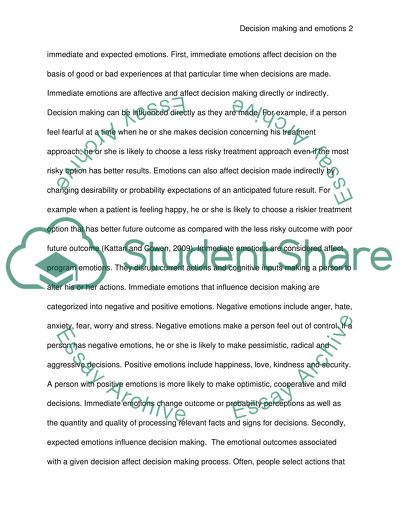Cite this document
(“How do affect and emotions influence decision making processes and how Essay”, n.d.)
Retrieved from https://studentshare.org/environmental-studies/1419569-how-do-affect-and-emotions-influence-decision
Retrieved from https://studentshare.org/environmental-studies/1419569-how-do-affect-and-emotions-influence-decision
(How Do Affect and Emotions Influence Decision Making Processes and How Essay)
https://studentshare.org/environmental-studies/1419569-how-do-affect-and-emotions-influence-decision.
https://studentshare.org/environmental-studies/1419569-how-do-affect-and-emotions-influence-decision.
“How Do Affect and Emotions Influence Decision Making Processes and How Essay”, n.d. https://studentshare.org/environmental-studies/1419569-how-do-affect-and-emotions-influence-decision.


